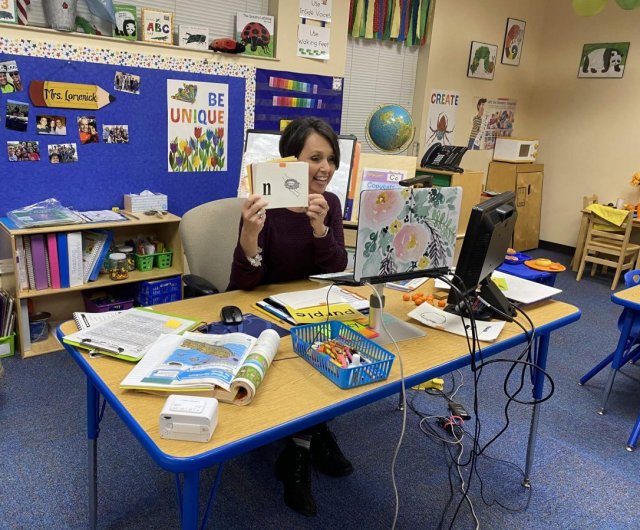
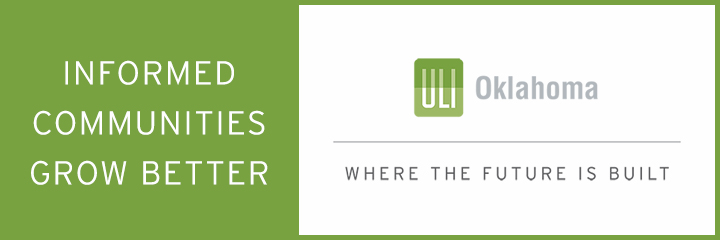
BRISTOW — “Mrs. Lomenick, my screen is frozen!”
A young student proclaims her concern from a small square, lined up next to the faces of her peers, displayed on the teacher’s computer screen during a Monday morning kindergarten class taking place in a video conference.
Outside each student’s home, the weather is cold and rainy, or “nasty” as another student declares from her video square, so the teacher blames the frozen screen on the conditions and says to give the computer a couple of minutes for the internet connection to become more stable. She is using a different kind of problem solving compared to years past.
Jody Lomenick serves as classroom kindergarten teacher at Edison Elementary School for Bristow Public Schools. She sits in a colorful room filled with educational posters, books and toys. But all the chairs at the tables are empty, with just Lomenick at her desk behind a screen on which her class is now contained.
“My day consists of a computer,” Lomenick said. “I’m checking assignments, doing lesson plans and trying to give feedback on all the work they send in to me so they know that I really am looking at it. It’s time consuming.”
‘Literally everything’ changed for virtual kindergarten
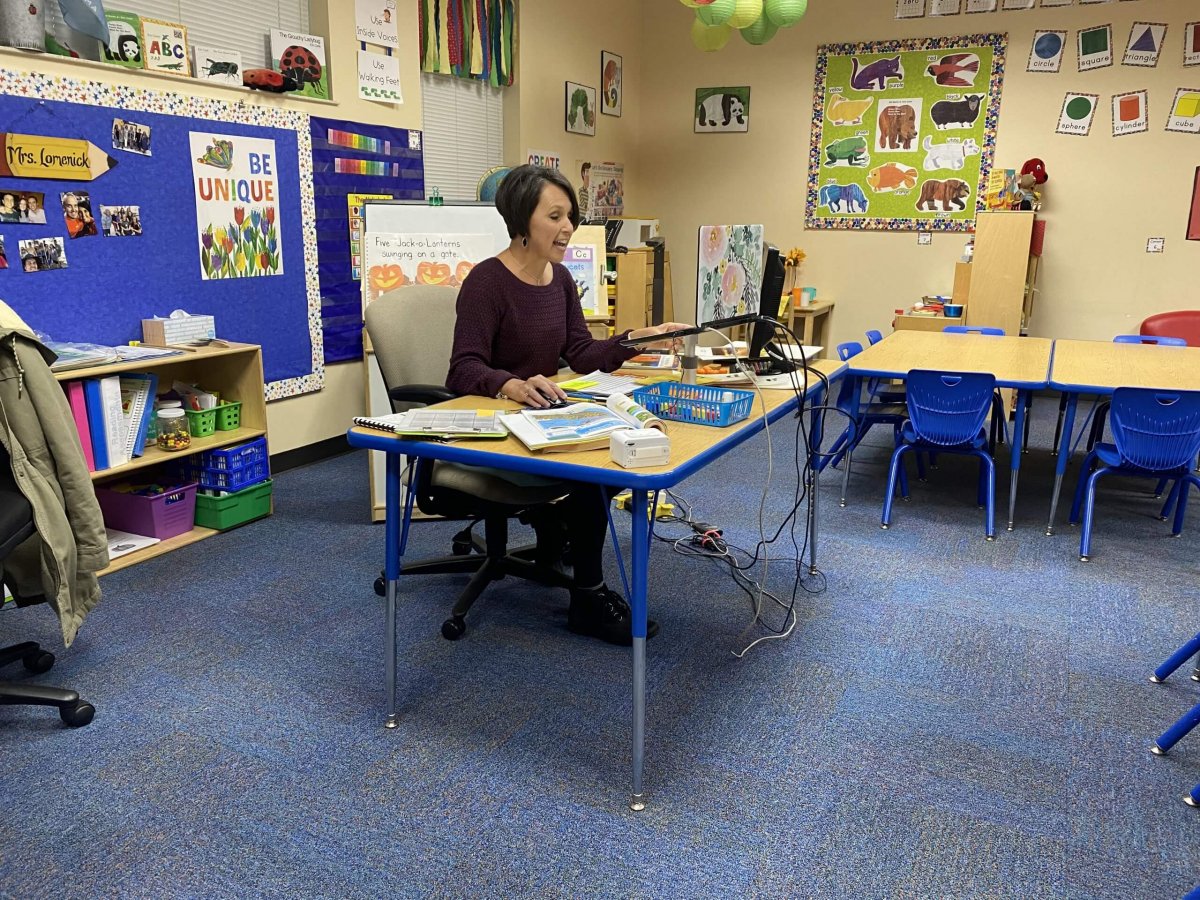
As children learn how to socialize, practice self-control and navigate the world through finger painting, story times and repeatedly reading simple “sight words” such as “we” and “it,” kindergarten in normal times tends to include close interactions and hands-on activities.
In a pandemic world, however, the kindergarten experience looks quite different for students. It also looks different for teachers as they work to ensure that the kids they teach are learning the life skills they need, whether in the classroom or attending school virtually.
Bristow Public Schools, a district of about 1,700 students 30 minutes southwest of Tulsa, has been holding in-person classes along with a virtual option since Aug. 13. About 20 percent of students in the district attend the virtual option. At Edison Elementary, kindergarteners have been divided into a virtual class and in-person classes.
Lomenick teaches Edison’s virtual kindergarten. On Oct. 26, she led 16 small but determined faces singing the “purple song” together over a video conference call.
“Literally everything I would normally do, I’ve had to make an adjustment to how I would do it online,” Lomenick said. “I have to change it to make it fit the format of being virtual.”
Lomenick teaches her kindergarten class virtually each morning and also meets with students one-on-one throughout the week, in-person or virtually, for additional instruction.
Along with teaching her students the general kindergarten curriculum of counting to 100, the alphabet and learning 50 sight words, Lomenick also focuses on building life skills.
“Every day, I encourage them to be responsible and get their work finished. Those are the main things: responsibility and kindness,” Lomenick said. “That has changed a lot because I don’t have that social aspect.”
Lomenick starts the class video conference each morning by calling on each child by name. She said this interaction is important.
“I purposely call their name every day and make sure they know this is their class and that we are a group together,” Lomenick said. “I try to work and make sure they have that sense of class and community even though we’re not in-person here together.”
Next, as they would if they were in the physical classroom, students read through sight words and review their numbers and letters. Then Lomenick reads them a story.
On Oct. 26, the story was a Halloween-themed book called The Little Old Lady Who Was Not Afraid of Anything. It prompted lively discussion over the video call as the children claimed that, like the main character, they also were afraid of nothing.
If one student gets too excited and starts talking over another, Lomenick reminds them to raise their hands.
She makes the class pace fast and asks a lot of questions to keep the students’ attention.
Throughout Lomenick’s meetings with her students, she reminds them of activities they should complete on Seesaw, a virtual learning platform, and gives them a story they should read at home on their own for discussion the next day.
The students spend about an hour in their virtual meeting before they log off to begin their online work solo — likely with the help of parents, guardians or others.
‘I don’t feel like we’re missing anything academically’
Although some experts have concerns that students are unable to get the educational experience they need from a virtual classroom, Lomenick disagrees.
“I’ve taught kindergarten for so long. I know the curriculum. I know exactly what we’re doing,” Lomenick said. “I’m following the curriculum of the other classrooms. Academically and curriculum-wise, I feel like we’re exactly with the other classes, and we’re consistent with that.”
Still, virtual kindergarten does not offer the same opportunities as an in-person classroom experience.
“I don’t feel like we’re missing anything academically. The only drawback that I see is the social skills and the fact that they don’t get as much time with their peers,” she said.
But Lomenick said the virtual setting with one-on-one instruction built in allows her to give students more individualized attention.
When students visit with her during their one-on-one time, she is able to emphasize anything they may need extra help on and ask about how they’re feeling. If they meet with her in-person, they’re able to use the classroom’s toys to play to their heart’s content.
“I’m able to see where a student is struggling because I’m meeting with them one-on-one, so I can see exactly what areas they’re having trouble in and work on those areas,” Lomenick said. “I feel like I really get to spend that one-on-one time with the kids, and I get to know them and their families so much better. I’m in their home with them (virtually). I see their families with them, so when they come to me, I feel like I know them so much better.”
Lomenick stays available by text, phone call and Zoom to help students and parents with any technical issues they may encounter logging into the virtual learning platform.
“I think the virtual option can be really good for some students,” Lomenick said. “I think it gets a bad rap sometimes that it’s not meeting all the needs, but I think it is meeting the needs of the students. It’s so much a partnership with the parents and the school working together to make sure their child gets everything that they need.”
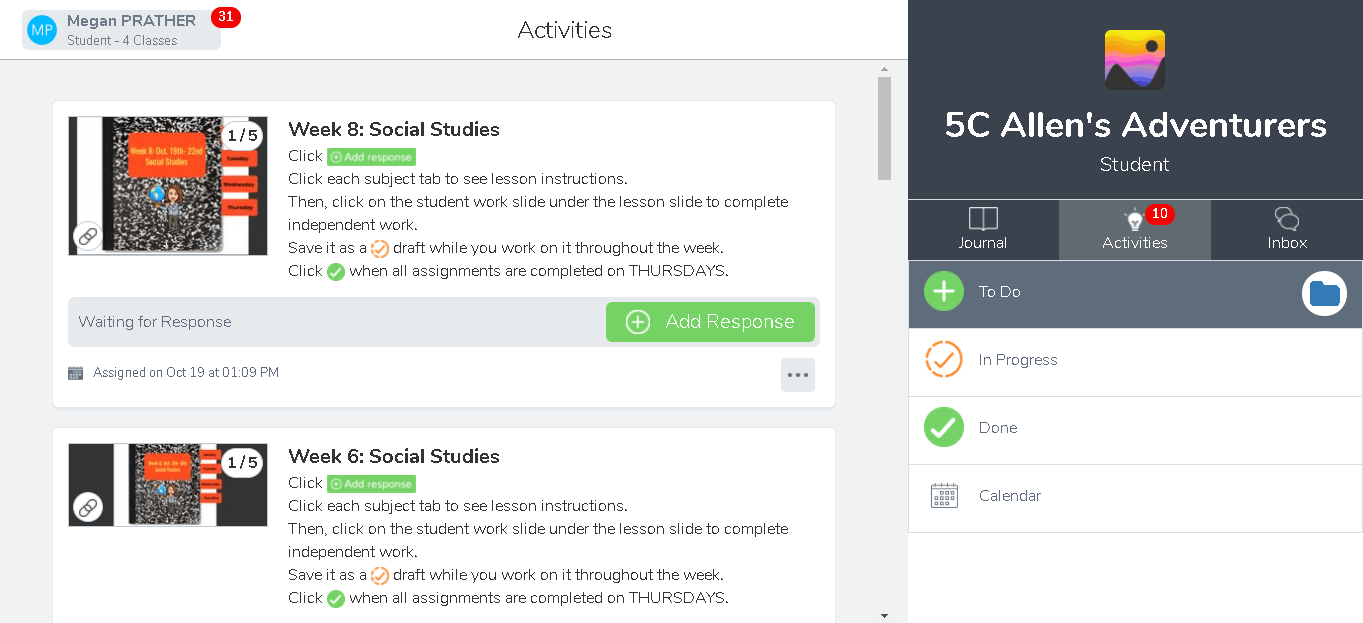
‘They need to be with their peers so they know how to interact in the real world one day’
Amy Baker also teaches kindergarten at Edison Elementary in Bristow. Her students are mostly attending class in person, with virtual Fridays built into the schedule.
“We’re a super hands-on in kindergarten, and it’s hard to do that on virtual,” Baker said. “I think it’s important to be in here as much as we can.”
In Baker’s classroom, the school day starts with sanitizing hands and taking temperatures. Each table is divided into sections with tape so students stay in their area. Students arrive in masks but take them off while in their classrooms and make sure to keep their masks in their personal space.
“They’re in here four days a week, and on the fifth day we’re doing virtual on Seesaw, so they can get used to using it in case we have to shut down at some point,” Baker said.
During Baker’s Oct. 26 class, students gathered on a purple checkered rug for story time, where they heard the tale of a baker named Cathy Cook. The students danced and sang a song together before working on an activity to practice writing the letter “C.”
After they finished their letter assignment, Baker’s students were split into groups of two to head to activity stations that include painting, reading and computer time.
“I’m so happy to be here, and I hope we get to stay,” Baker said. “If something happens, it should be an easy transition to virtual for everyone, including parents.”
Baker’s students now eat lunch in their classrooms two days a week and in the cafeteria two days a week. At recess, the class is split between two playgrounds.
There’s a strong emphasis on hand-washing, and classrooms stay self-contained, with field trips off the table for the foreseeable future.
Baker said she believes having children of this age group in a physical classroom is important.
“They need to be with their peers so they know how to interact in the real world one day,” she said.
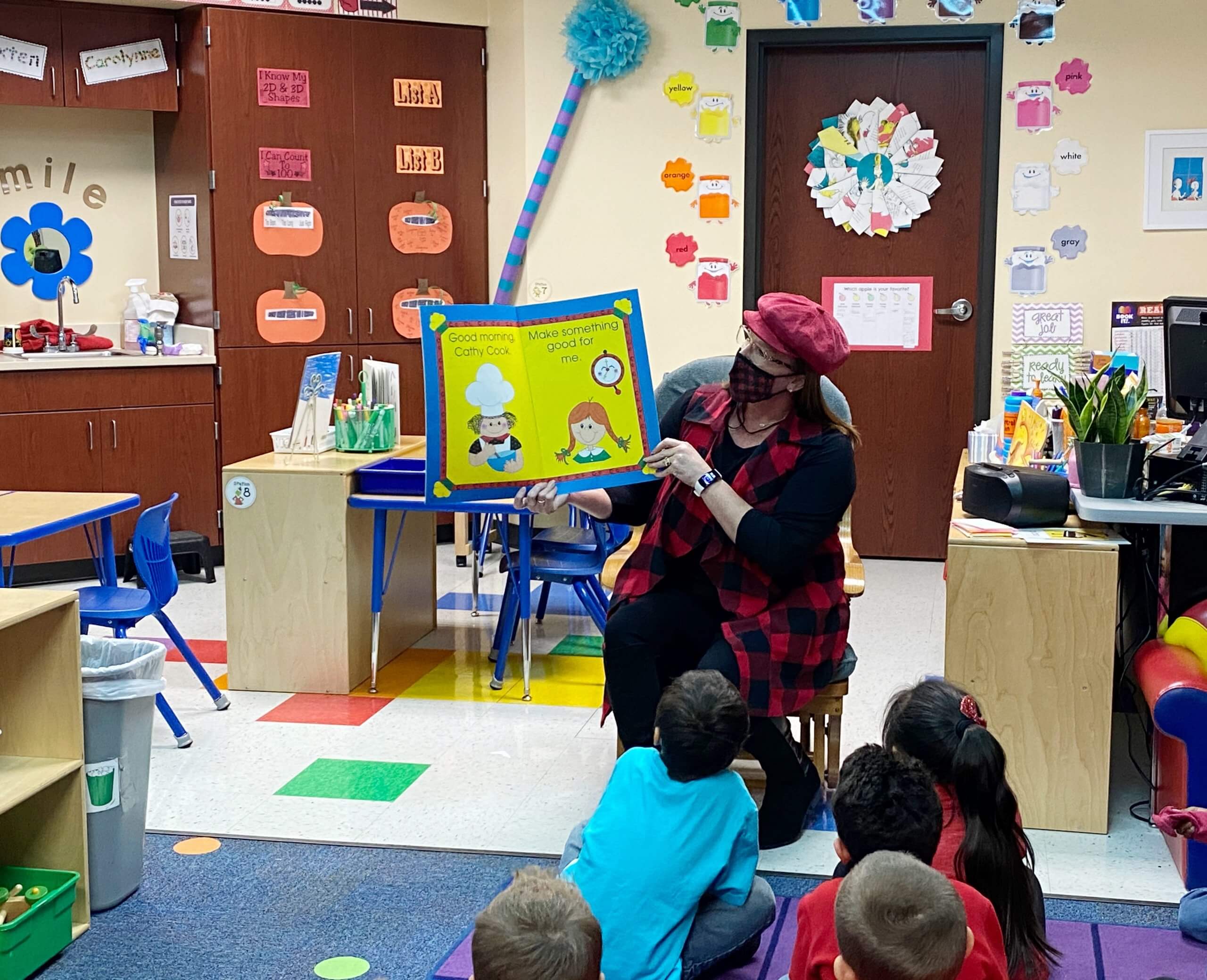
‘Some people do better in some settings than others’
Michelle Henderson, the technology integration coach for Bristow Public Schools, said the district began training its teachers on how to use remote-learning technology back in June.
“Virtual is an option at all levels. We have about 20 percent of our student population attending virtually and the rest are traditional,” Henderson said.
Henderson said it was important to offer that virtual option for parents who weren’t comfortable sending their children back to the classroom. It’s also important for there to be an easy transition from traditional to virtual learning for in-person students in case of a shutdown or if a student needs to quarantine.
In the traditional classroom setting, all adults must wear masks, as must students from the third grade and up. There is also a seating chart in every classroom for contact tracing purposes.
“So far we’ve been pretty lucky,” Henderson said. “We have not had to shut down. We have had people quarantine, but not anything massive.”
Henderson said that different learning settings work better for different students and offering families the choice between traditional and virtual classes was the district’s best option.
“I love the technology, but I don’t think that it’s good for every student, and it’s not good for every parent. Some people do better in some settings than others,” Henderson said. “I do feel like this has worked the best, to give an option for either one.”




















